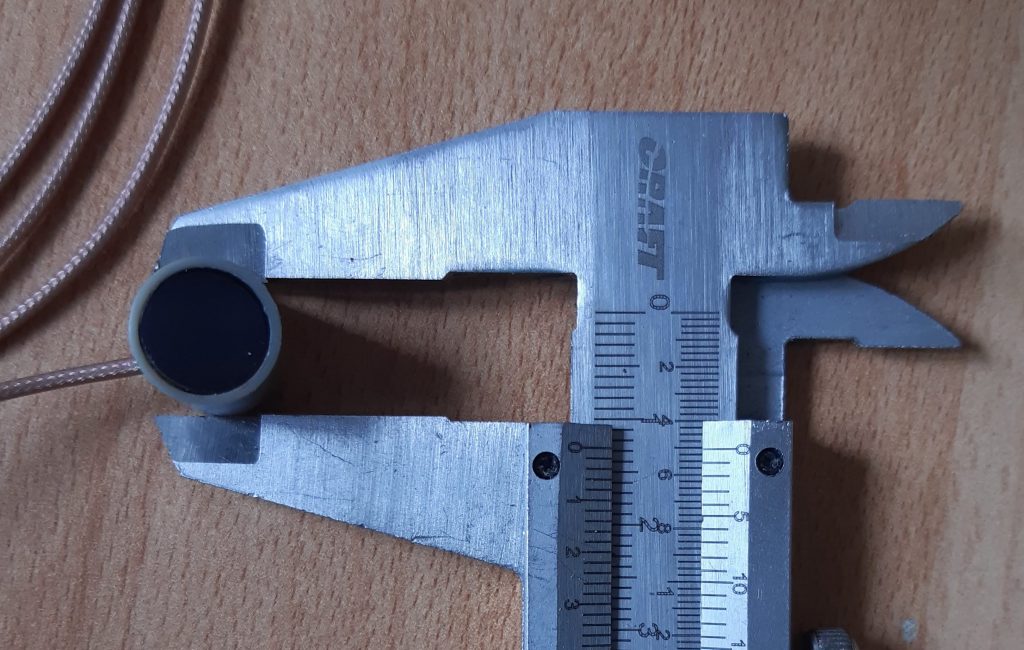Principal investigator: Tamás Kiss <kiss.t@wigner.hu>
Noninvasive ultrasound methods related to studying or modifying brain function have been investigated for more than 70 years now, and recently it was shown that transcranial focused ultrasound (tFUS) stimulation in the CNS can directly excite or inhibit neuronal activity, as well as affect perception and behavior. One particular application of this technology might be the suppression of aberrant grain activity to treat certain conditions, including for example epilepsy, Parkinson’s disease or depression. tFUS is particularly advantageous as it is capable to reversibly inhibit neuronal action potential generation, even in deep structures. While the application of tFUS is gaining momentum, precise mechanisms of how ultrasound is capable of modulating neuronal activity is still under debate.
Our group has recently initiated theoretical and experimental research on one hand, to use tFUS in animal models for the modulation of cortical brain activity, and on the other, to gain a better understanding of sub-cellular processes facilitating neuromodulatory effect of ultrasound at the cellular level.
Systems level application of tFUS
Our research group has started an extensive literature research and numerical simulations of ultrasonic wave propagation in brain tissue. We studied approaches to focus sound beams of a miniatur ultrasound transducer to reach either cortical or deep brain areas in the rodent brain.

In collaboration with Medi-CAD Kft. we developed a miniature ultrasound transducer that can be attached to the skull of a freely moving mouse and modulate its brain activity on-line. Concurrently, we conduct electrophysiological recordings collecting electroencephalography, electromyography and electrocardiography data to detect the vigilance state of behaving animals. A combination of sensor data collection, real-time detection of behavioral state, and an ability to stimulate using our tFUS system will allow us to modulate ongoing pathological brain activity on-line.

Exploring sub-cellular effects of ultrasound
Building on a long-lasting tradition of the group in biophysical modeling of individual neurons, as well as small neural networks, we are aiming at using computer modeling to understand sub-cellular processes that play key roles in modulating neural electrical activity resulting from ultrasonic stimulation. At present, there are three dominant mechanisms considered by the community: cavitation, temperature change, and mechanical deformation. Whilst changes in temperature and mechanical deformation of the cellular membrane might lead to modulated ionic flow across the membrane either by modulating ion channel behavior directly or via disrupting lipid rafts, cavitation (the formation of bubbles inside the neuronal membrane) results in capacitance changes or fracture of the cell membrane. Using detailed biophysical modeling, we aim at dissecting the effect of each of these phenomena, and map out their effect on neuromodulation.